With the introduction of the GFX100s, alot of people might have neglected the predecessor, GFX100.
Well. . I still own the camera, and still loved it lots..
I decided to bring it out to take photos of these little birds, call Little Terns
For those who have read my previous writeups on both GFX100 and GFX100s, you do know that I do bring this medium format camera for wildlife/bird photography.
No doubt the cameras are not as fast as some other cameras in the market, but if you are not a full time birder, this camera will still be adequate for the usage
If you only shoot wildlife or only photograph birds, then likely you might want something faster for your workhorse.
But if you are not, if you are someone who shoots alot of other stuffs, and the occasional fast action photographer, then the medium format camera can certainly deliver for you,
with great image quality from a big sensor. ( image quality is definitely very good from the GFX cameras)
One reason why I might prefer the GFX100 with the GF250 mm lens, over the GFX100s, is because the camera is bigger, which provides a better
balance with the lens.
I do love the GFX100s for the faster focusing, and the nostalgic negative film simulation.
But on a heavy lens like the GF 250 mm and using it for a whole day, it does feel more comfortable with the GFX100
Besides, Fujifilm has just announced the new firmware for GFX100
which will match the GFX100s in terms of autofocus performance, and will also include the new film simulation.
So no loss for the existing GFX100 users.
The following images are taken before the new firmware upgrade. (cant wait to try out the new firmware)
.jpg)
.jpg)
.jpg)
.jpg)
.jpg)
.jpg)
.jpg)
.jpg)
.jpg)
.jpg)
Little Terns are small birds which are very fast
They dive alot for fishes.
So this is really a good test for the GFX100
Even when paired with the 1.4xTC on the GF250 mm, the focus and speed is good enough.
.jpg)
.jpg)
.jpg)
.jpg)
.jpg)
.jpg)
.jpg)
.jpg)
.jpg)
I also shot the Little Terns in the rain, and we know it can be a challenge for the focusing.
But I still managed to get very good images despite the difficulty.
Love the mood and feel of the images..
.jpg)
.jpg)
.jpg)
No doubt, that I do have to crop the images (cos at 250mm with the TC, it is still a bit far),
the final image size is still about 20 to 30 megapixels, and with a big sensor, this is still very good for any large prints
I do own a Fujifilm XT4 as well, so some people might ask, why not use the XT4 for the pictures ?
In fact, I do, but there are times, I just love the image quality of the GFX 100. ( and also, sometimes I use XT4 for video)
Even though the reach might not be comparable to a XT4 + xf 100-400 mm combination, the details, dynamic range, and image quality of the GFX100 is really unparalleled (even after cropping the image)
I do wish in a not so distant future, there will be a longer lens available for the GFX, but in the meantime, the GF250 mm with 1.4xTC will have to do, and it really does deliver great images.

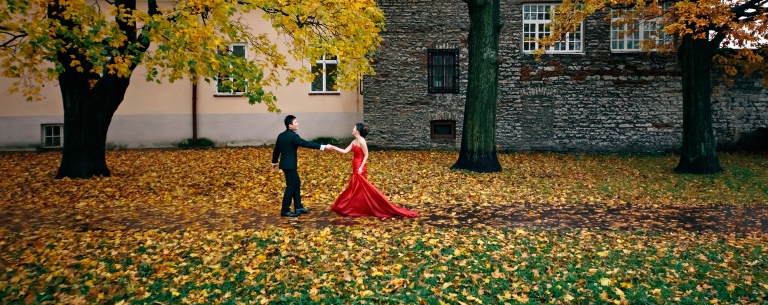
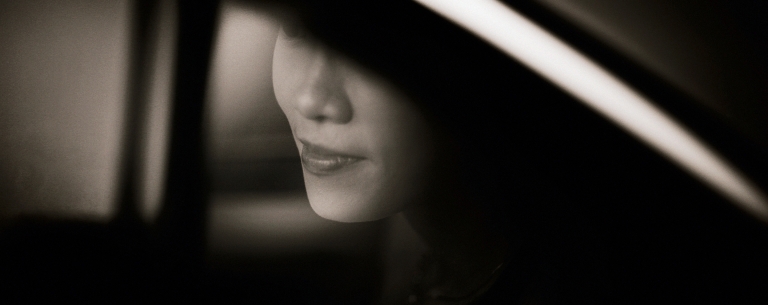
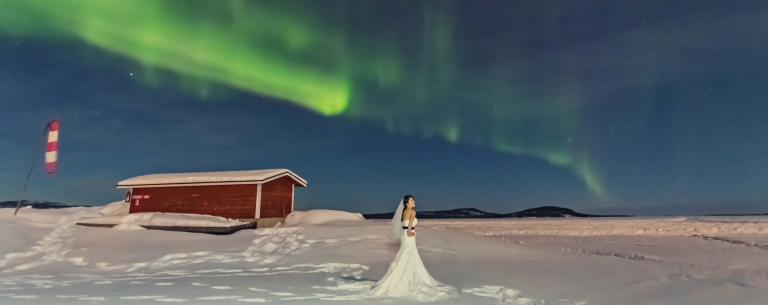
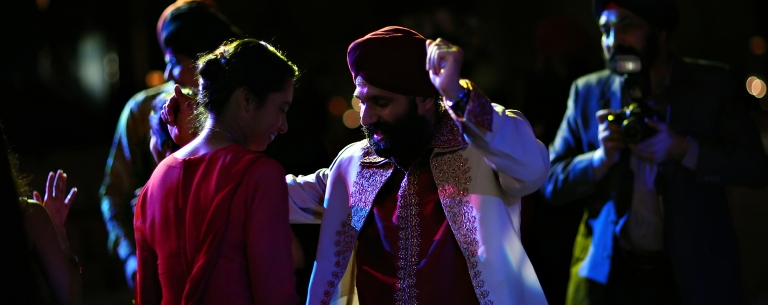
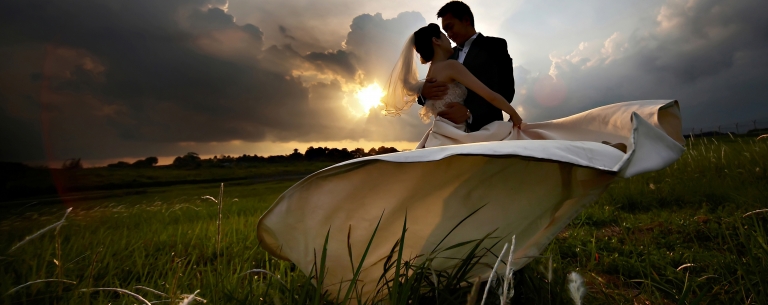









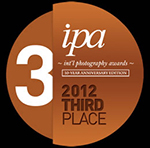









My 100s and 100 are certainly challenging compared to my FF Canon Servo AI mode for wildlife. Would you care to share with me your AF modes? There are a number of them shown in the 100s manual. Which did you find to be best for capturing moving wildlife in burst shutter mode? Thank you, and lovely imaging William.
thanks… I will not deny that the Canon Servo AI mode will be better.. but the image quality of the GFX100 is definitely unparalleled.. ..for capturing wildlife in motion, my usual settings are either xone or wide tracking, depending on scenarios, AF-C settings is mainly set 2 for this series of photos,, and also set to continuous focus.. cheers